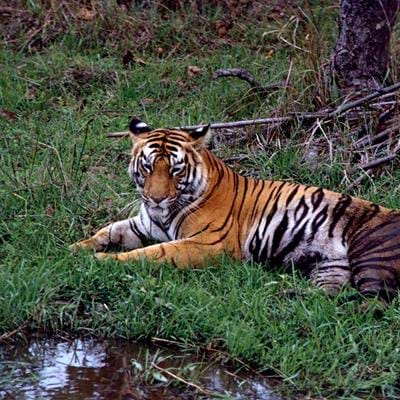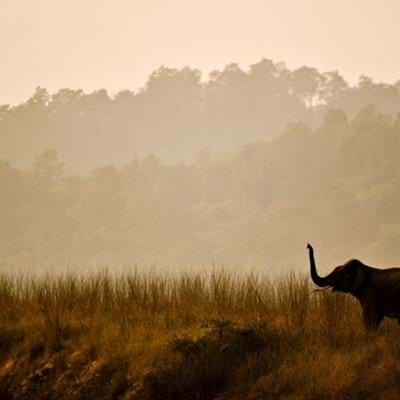Nepal 21.09.2022 Transindus
The wildlife of Nepal and Conservation
Despite its diminutive size, occupying just 0.1% of the world’s land mass, Nepal counts a fantastic array of wildlife the greater one-horned rhinoceros, Bengal tiger, red panda, blue sheep, snow leopard, Himalayan tahr and a plethora of birds within its jungles and forests, making it one of the most popular destinations for wildlife viewing in Asia.
Over the last five decades, the country has worked hard to protect its natural habitats, dedicating over 23% of its landmass to the protection of wildlife. Today the country is considered a powerhouse for sustainable development and has achieved notable successes, especially in the fight against the illegal wildlife trade, achieving ‘zero poaching’ of the greater one-horned rhino for six consecutive years, buying the species valuable breathing space. Similar work is being undertaken for the endangered Bengal tigers and the red panda bears, in collaboration with local communities.
Tourism too has played its part by raising valuable funds for Nepal's conservation programme. You too can help the conservation effort when you book a wildlife holiday with Transindus. We will donate £10 per person, per night, for every night you spend in any one of Nepal's Wildlife Parks to the WWF Nepal fund.
Read more about Nepal's conservation and sustainability programme...
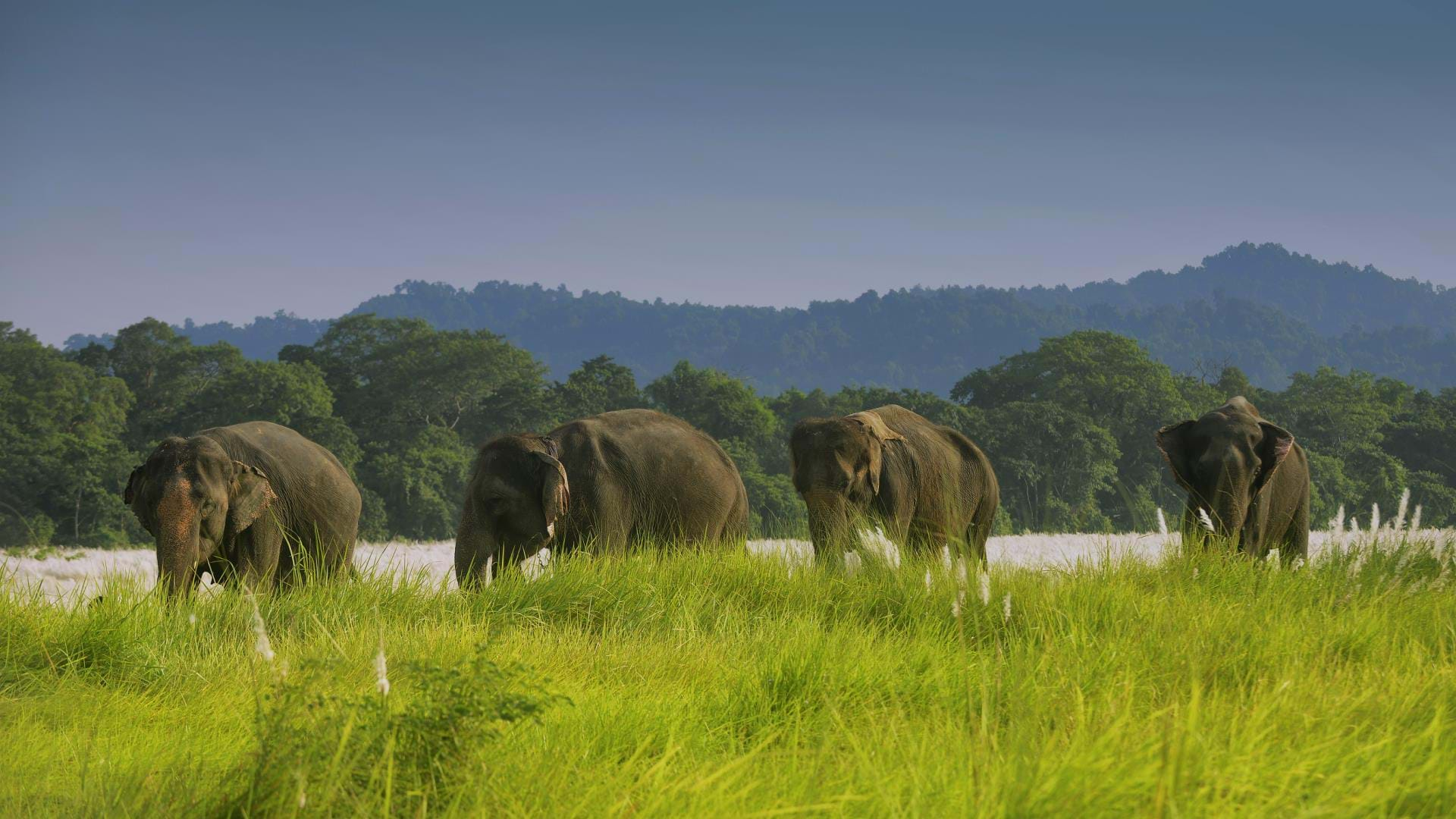
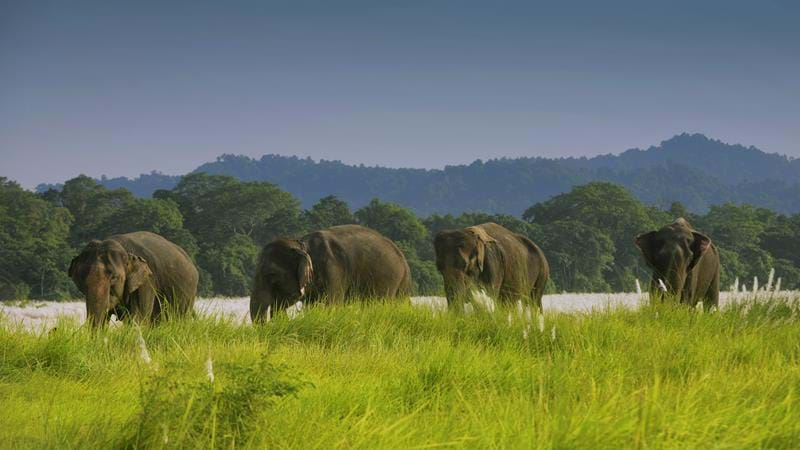
Nepal, A world leader in Wildlife Conservation
In 1973 the county passed a ‘National Park and Wildlife Conservation Act’ in which the government strived to work alongside internationally recognised agencies like the World Wide Fund for Nature (WWF) and local communities to deliver sustainable conservation targets.
Today the country has 12 national parks, a wildlife reserve, six conservation areas, and a hunting reserve. Two of which, the Chitwan National and Bardia National Park are UNESCO-listed World Heritage Sites and the country is regarded as a world leader in the conservation of endangered species.
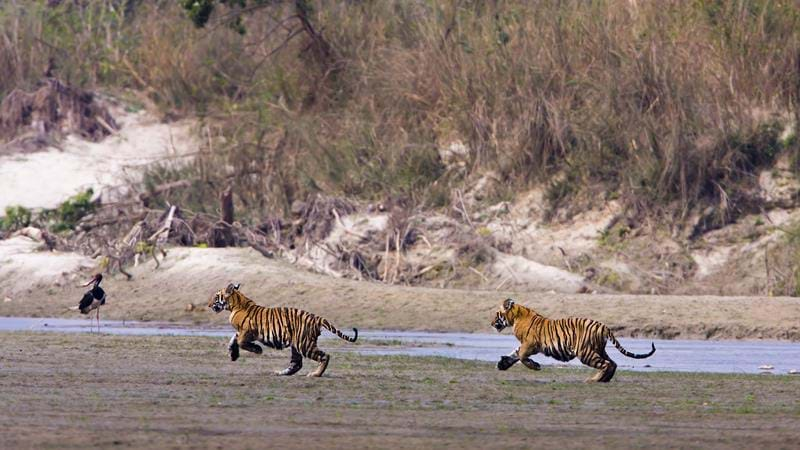
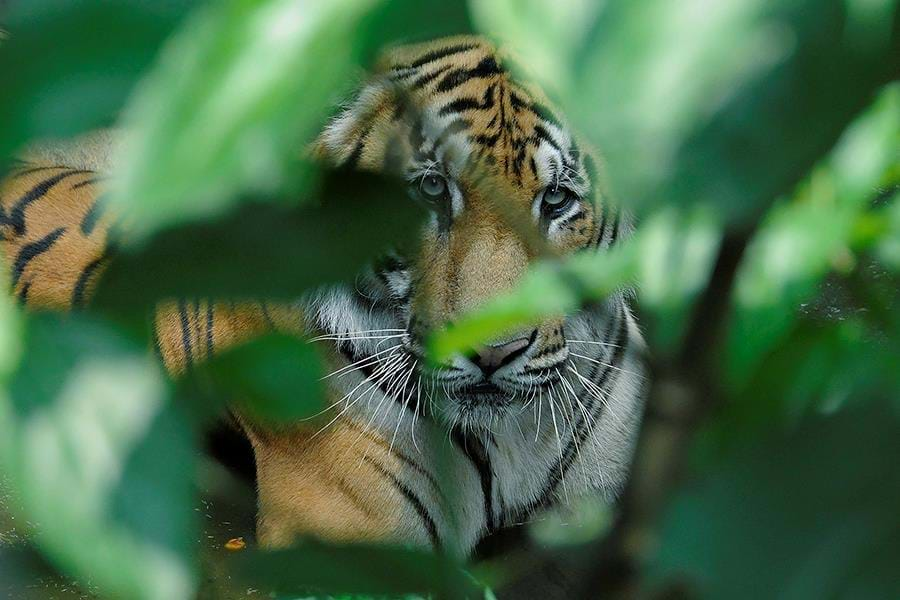
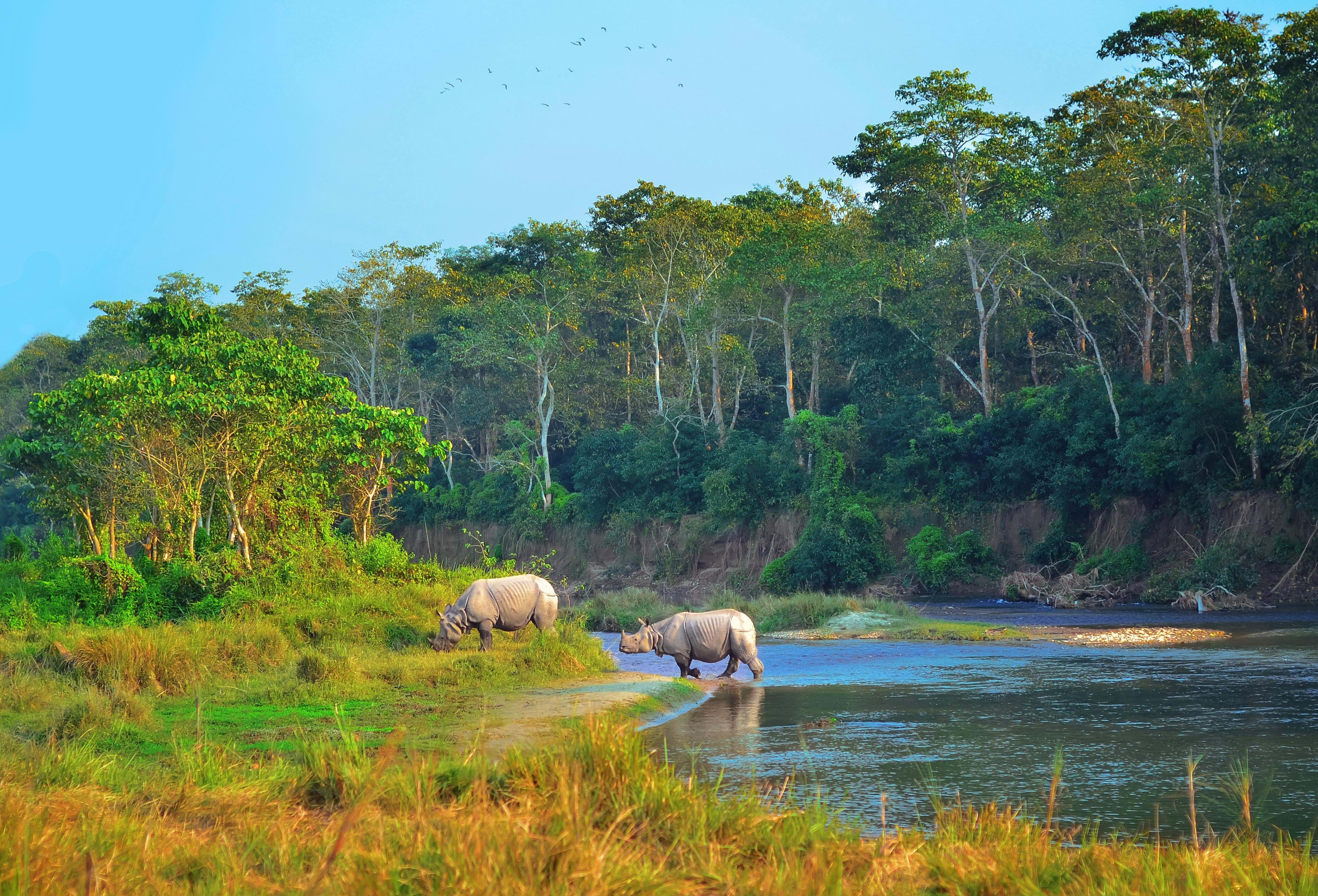
Nepal's rising Bengal tiger population
Nepal’s wildlife conservation efforts have allowed the endangered Bengal tiger to bounce back from the brink of extinction. This is despite a rise in poaching that has affected tiger populations worldwide. In 2009 Nepal, pledged to double the population of tigers by the year 2022 from 121. at the start of 2022, scientists estimate there are 335 tigers in the wild in Nepal, marking a resounding success and surpassing expectations.
This rapid recovery is largely thanks to the deployment of anti-poaching rangers, as well as reductions in human-wildlife conflict through building buffer zones around national parks.
Chitwan National Park alone accounts for 128 adult tigers in the wild compared to the 40 breeding adults at the start of the early 1980s. Close to its heels is Bardia, which now has an estimated 125 adult tigers, compared to near zero when the programme began.
These are among the best places in the world to observe tigers in the wild and we will be delighted to help you plan your holiday around these parks.

3) Wildlife corridors to reduce human-wildlife conflict
Increasing population numbers and urbanisation lead to the loss of jungles and forests and fragmentation of those that remained, causing a loss of wildlife habitats and a decline in the biodiversity of those that remained. The inevitable result was a decline in the wildlife populations and a rise in human-wildlife conflict, as animals ventured into urban spaces for food. Nepal’s response was to form wildlife corridors for the passage of animals, between the natural spaces, providing safe spaces for both man and wildlife to coexist in close proximity.
These wildlife corridors now facilitate the movement of animals as plantlife, through dispersal and migration while reducing the incidents of human-wildlife conflict. Nepal’s National parks were not large enough to sustain its endangered species, like the Bengal tiger and the Asian elephant in isolation. But, by linking the parks, the space created facilitates the roaming, hunting and grazing patterns of these rare species giving them room to thrive. The biodiversity of the parks has also benefited through these migratory patterns as germinating seeds spread through the corridors.
In particular, the Terai Arc Landscape (TAL) wildlife corridors which now connect 14 protected areas between India and Nepal and have been hailed a success story for the country's flagship species, the greater one-horned rhinoceros, through its exemplary use of community forestry. Here local ethnic minority communities worked in partnership with the government and wildlife agencies to establish sustainable ways to maintain vegetation and harvest forest crops.
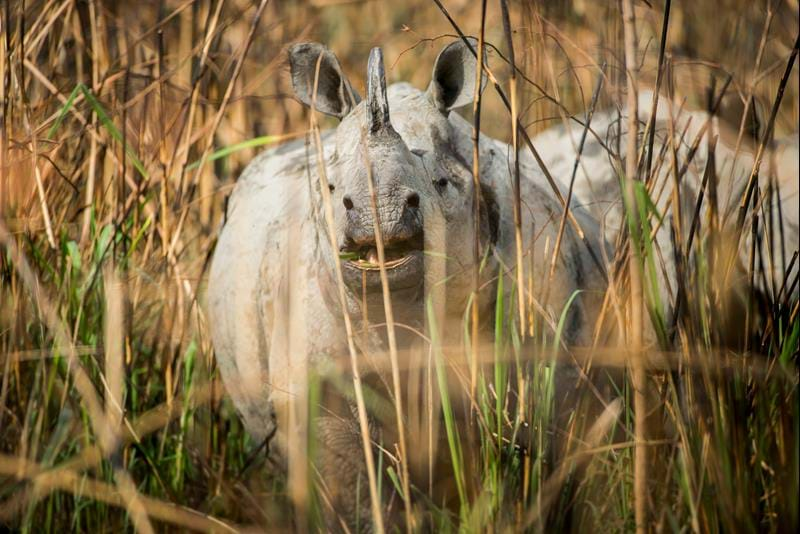
Countering the illegal trade of wildlife
The illegal wildlife trade of animal body parts is a big business and intensifying, in response to increasing demand. The ever-increasing trade in rhino horns has led to a dramatic rise in poaching in many countries including Southern Africa. Nepal's nature reserves have however managed to buck the trend by achieving six consecutive years of zero poaching, which has helped safeguard the greater one-horned rhinoceros, allowing the species valuable time to bounce back from the brink of extinction. At the turn of the millennium, it was estimated that only 200 animals survived in the wild. Now, more than 645 rhinos are living in Nepal, making this the second-largest population in the world, after India.
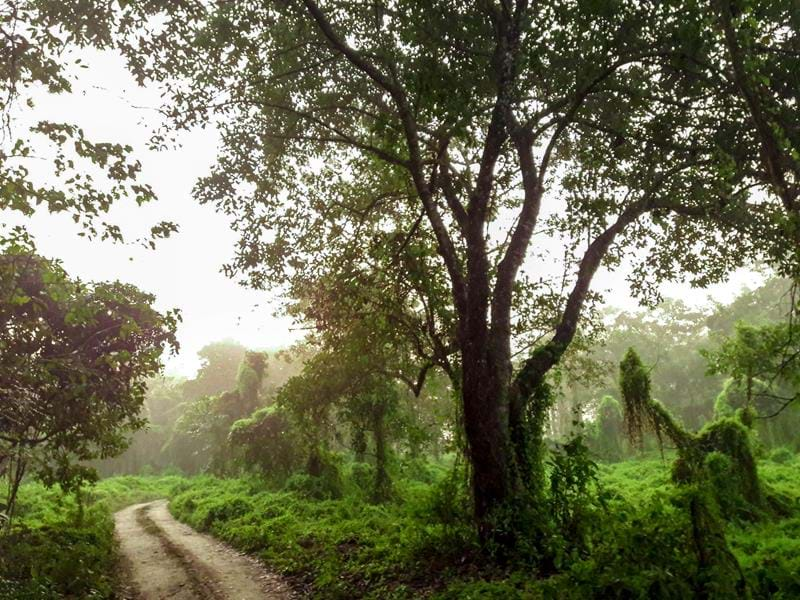
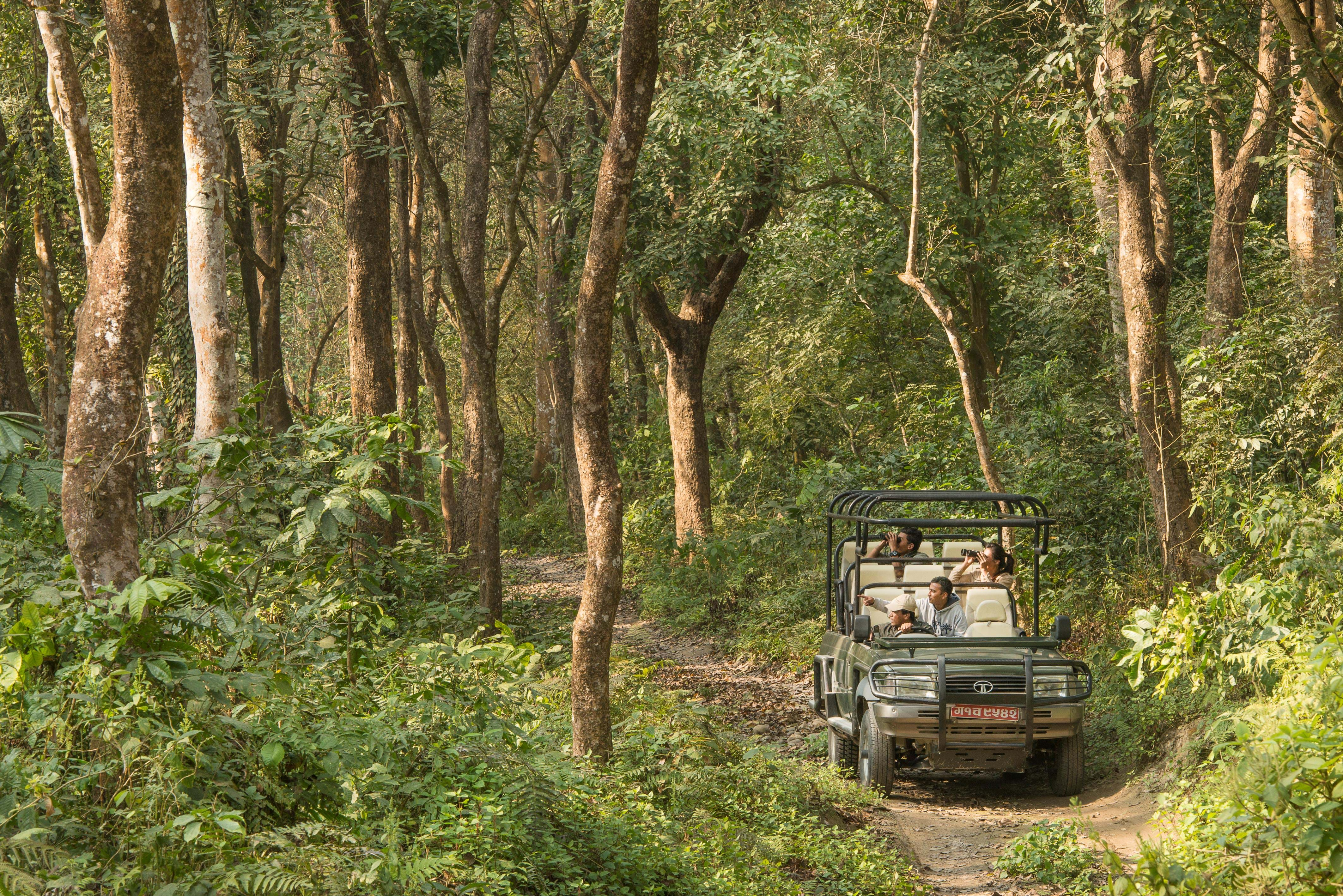

Nepal’s Buffer Zones
The success of Nepal’s conservation programme and a rise in the number of animals saw an increase in tension between the local communities and wildlife, which threatened the ongoing success of its projects and the viability of wildlife tourism.
In response, Nepal created Buffer zones around its national parks in the 1990s to allow human settlement to thrive close by, at a safe distance. Whereas these communities previously grew wheat and maize, they were now encouraged to grow mint, a more lucrative crop, and one that acted as a deterrent to roaming elephants and rhinos discouraging them from venturing into the buffer zones and beyond.
Local people took ownership of these zones, becoming stewards and protectors of wildlife and natural resources nearby. Six such conservation areas are now wholly run by local communities.
To find out more about Nepal's sustainability and conservation speak or experience the parks and wildlife of Nepal first-hand, click here to connect with our specialists>
